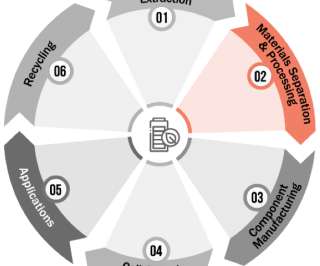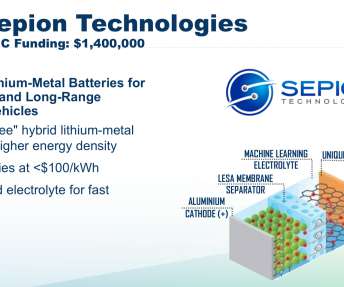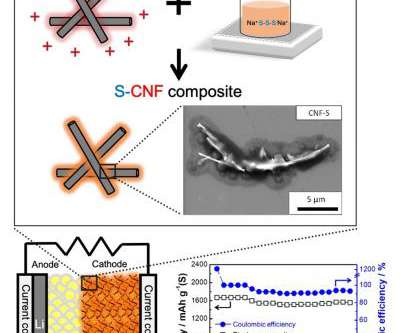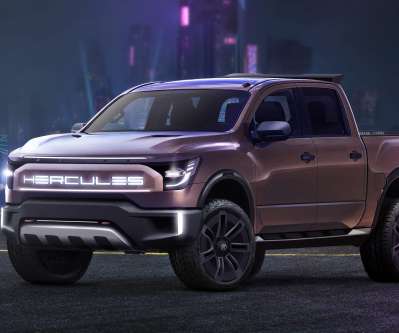New multifunctional polymer binder achieves theoretical capacity of LiFePO4 Li-ion batteries without additives
Green Car Congress
JUNE 15, 2015
Researchers led by a team from Griffith University in Australia have developed a multifunctional polymer binder that not only maintains the outstanding binding capabilities of sodium alginate but also enhances the mechanical integrity and lithium-ion diffusion coefficient in a LiFePO 4 (LFP) electrode during the operation of the batteries.










































Let's personalize your content